Week 17: Applications and implications

1. What does it do?
My final project will be a children's toy that can be used for experimenting and playing. Additionally, I want to design one or two accessory kits that can be used with the toy for playing or experimenting.
I want to design a box that works with conductive touch and can produce sounds with various materials. Sounds can be generated by touching with fingers or by pressing other materials with the hand. The box should be designed so that the sounds can be changed by uploading different sounds to an SD card.
I want to manufacture the box and at least one kit with which children can create a product themselves that they can use with the box.
Ideas for kids experiment kit:
- Producing conductive and edible gummy animals that can generate animal sounds
- Making conductive play dough to produce sounds
- Different overlays for the box and accompanying notes that help play songs
2. Who's done what beforehand?
There are some projects for children that work with conductive touch, e.g., Makey Makey, Noisy Jelly. I have always loved seeing the excitement of children when they play sounds with the Makey Makey fruit piano or generate sounds by pressing conductive paint.
3. What will you design?
- Wood box with electronics for conductive touch (laser cut and CNC), speaker grills 3D printed
- Kit Conductive gummy bears: Molds to make conductive gummy animals, Packaging with instructions for making the conductive gummy animals
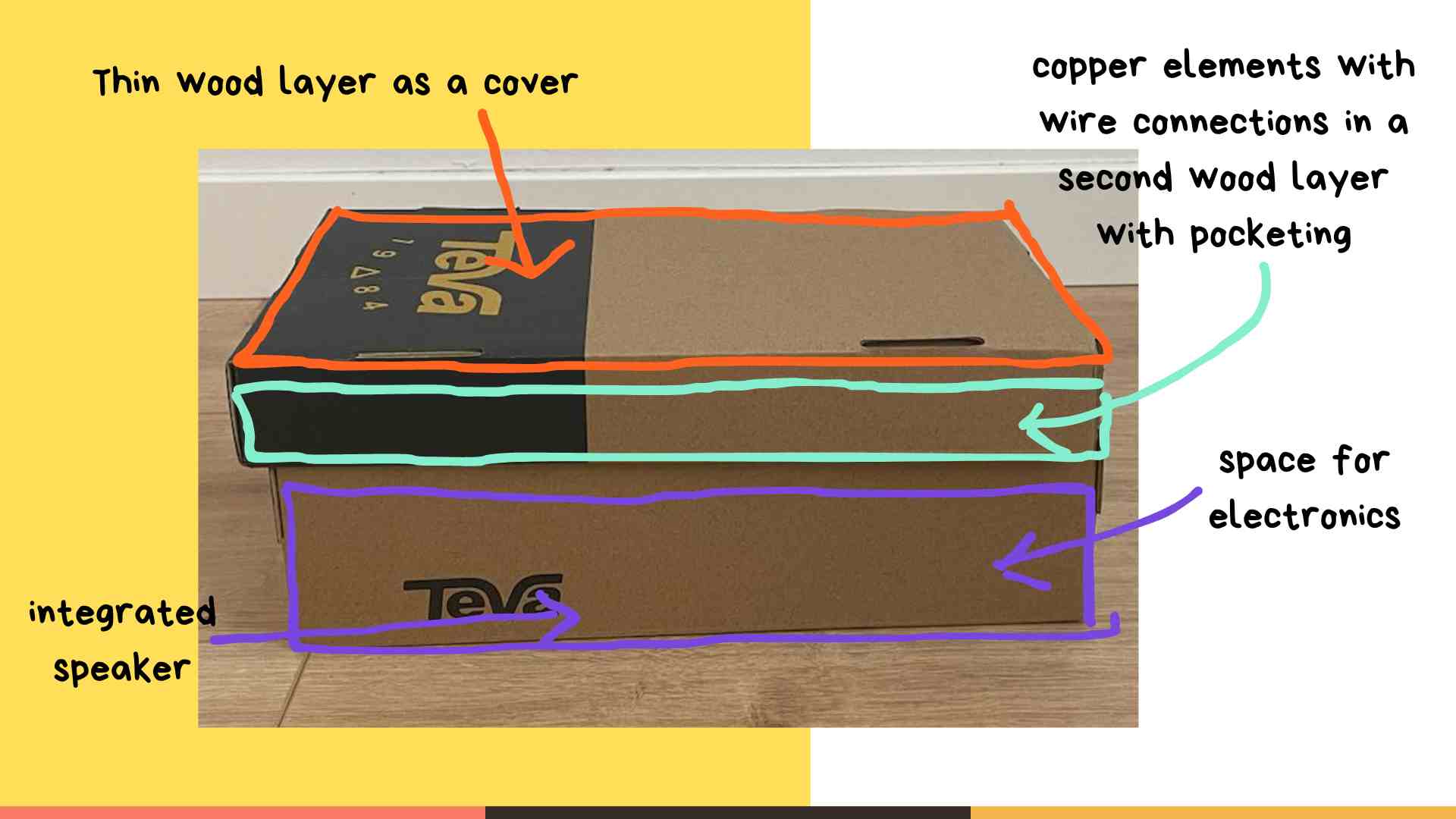

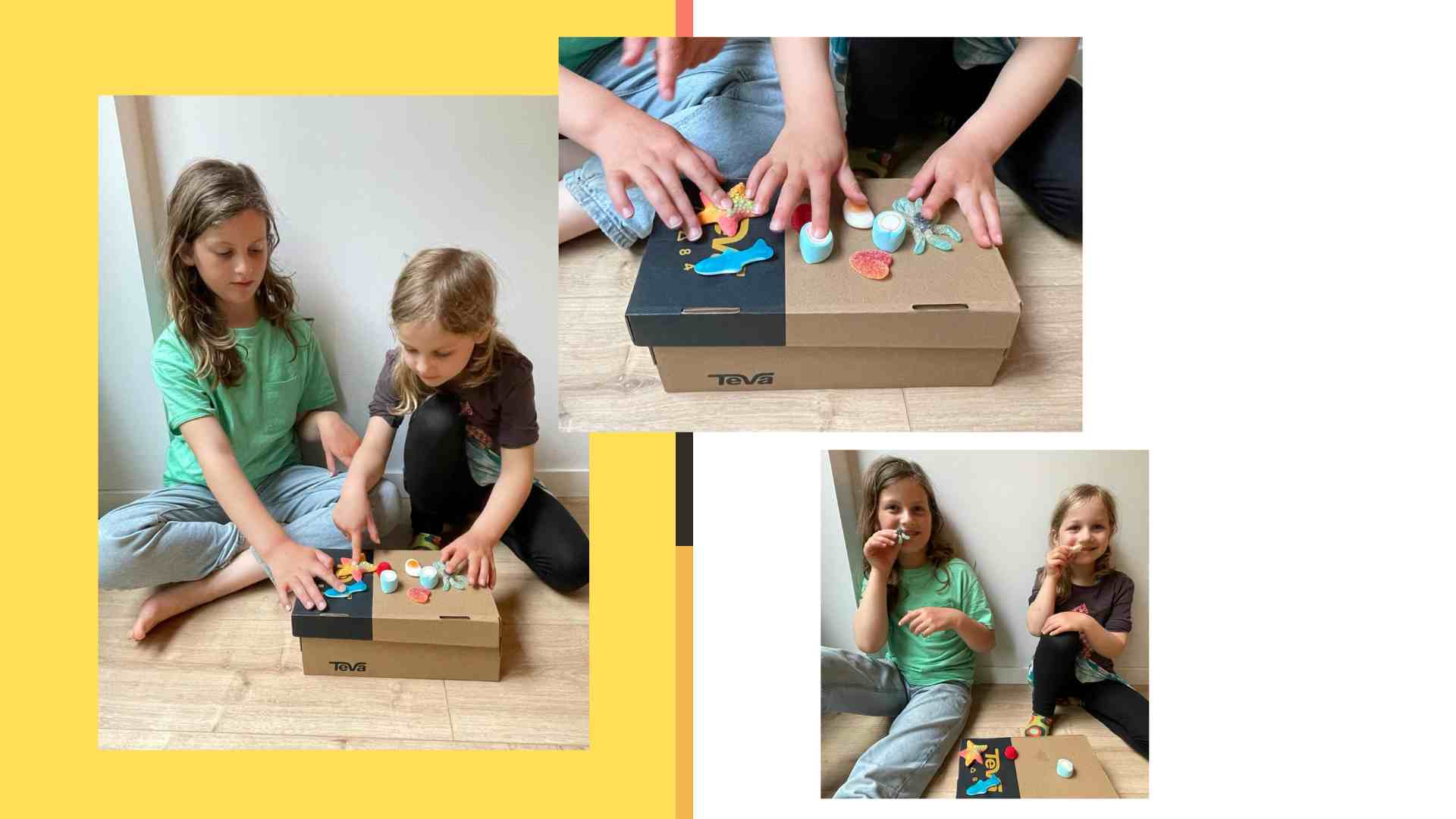
4. What materials and components will be used?
Wood box
- Plywood, 15 mm
- Plywood, 4 mm
- Clear Polylite PETG White PLA
- Paint
- Thin plate (yet to be defined)
- Electronics (see below)
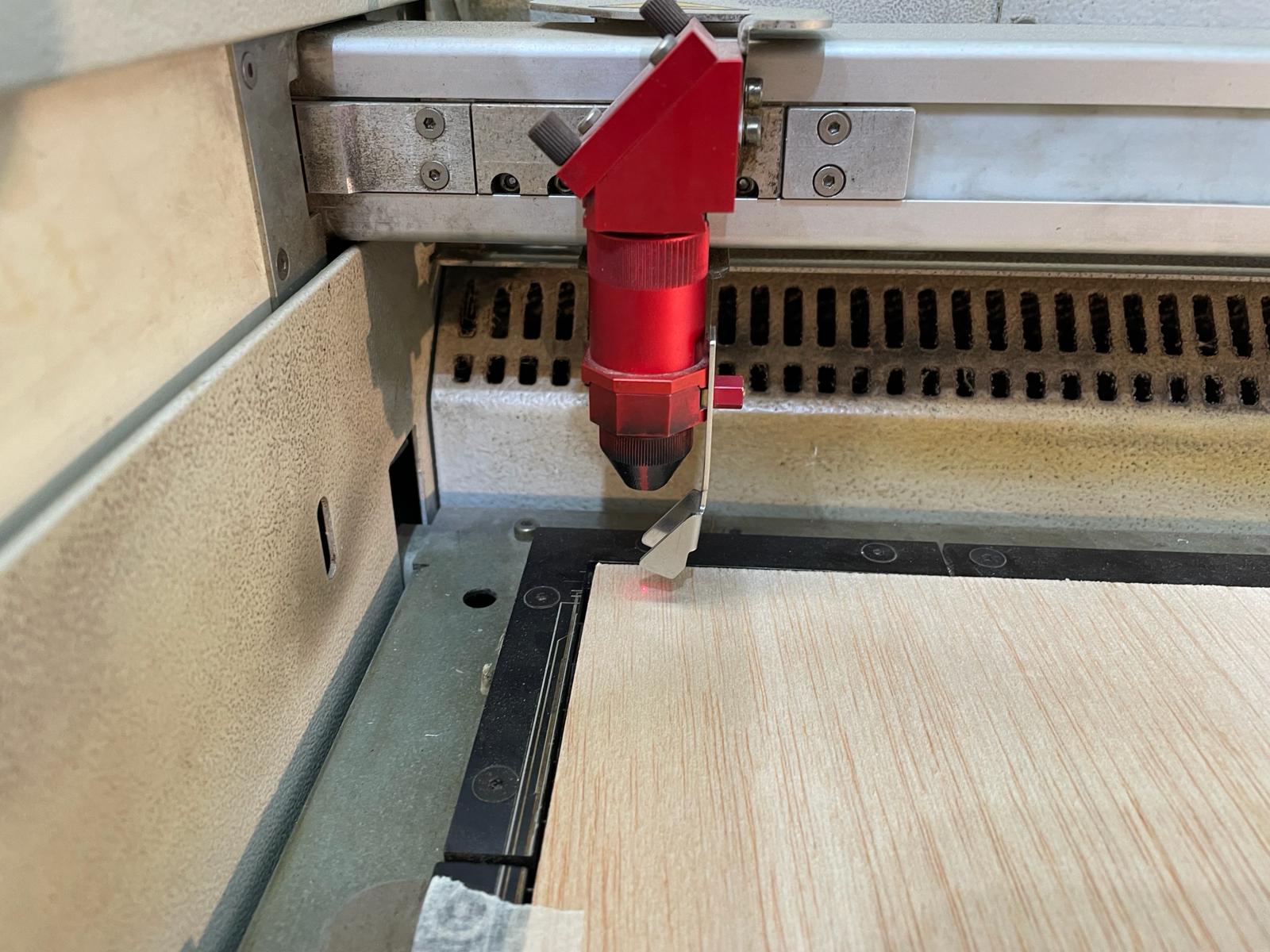

Kit: Conductive gummy bears
- Cardboard
- Wax block for molding
- Food safe silicon
- Paper
Electronics
- Design of a PCB with an ESP32S3 microcontroller, using all of the TouchPins and also make a TX, RX connection
- DFPlayer Mini MP3 Player for Arduino
- Two small Visaton speakers to integrate them into the box
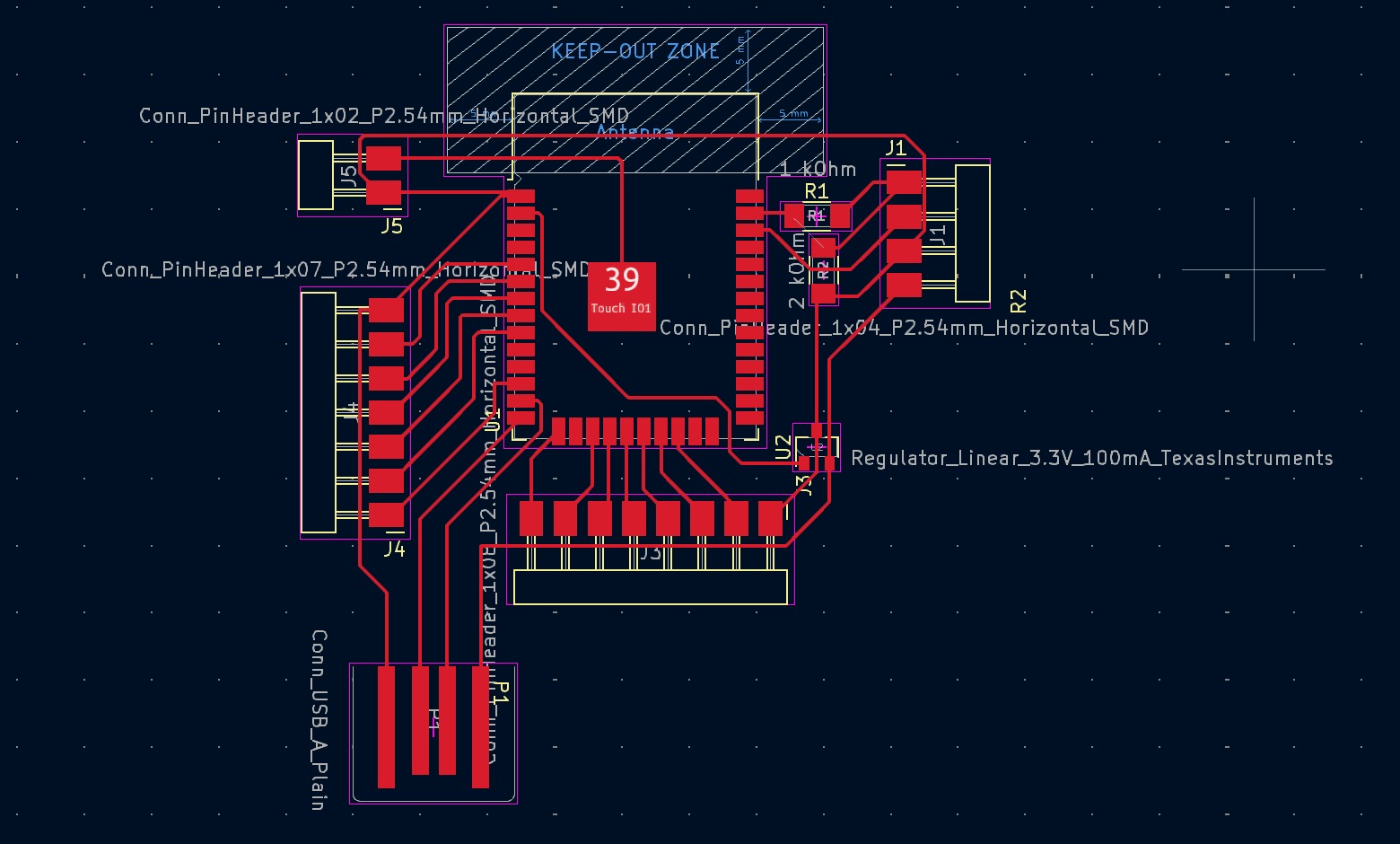

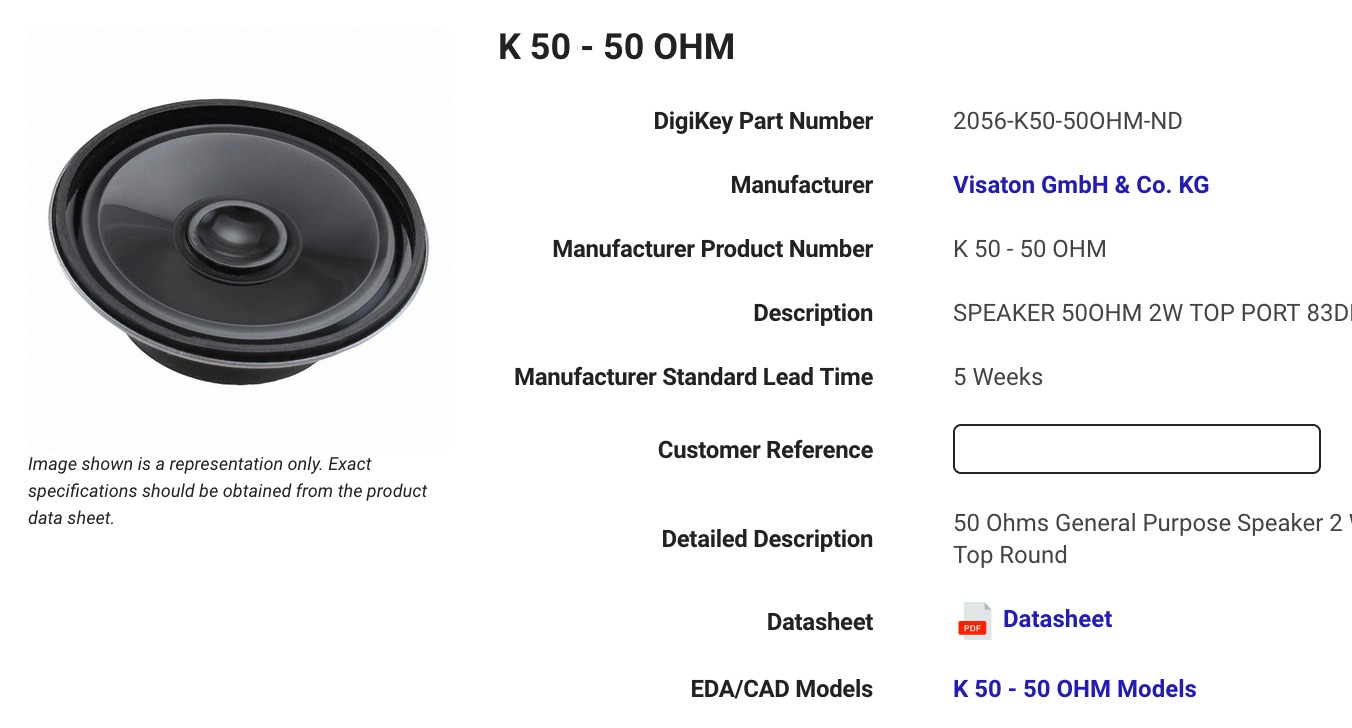


5. Where will they come from?
It seems I can source most of the materials from the lab. I might buy additional paint or cardboard for the kit and the cover of the box.
6. How much will they cost?
Electronics
- 1x ESP32 Waroom DA €4,57
- 21x Heads Male €0,99
- 1x Resistor 10kΩ €0,09
- 1x Voltage Regulator (5v to 3.3v) €0,56
- 1x Switch €0,92
- PCB board €1,27
- 1x Power bank €2,47
- Conductive tape €3,54
- Jumper Wires € 0,96
- Speakers €6,20
- DFPlayer Mini MP3 Player €6,68
2D and 3D
- White PLA ca. €2
- Plywood 30mm ca. €5
- Plywood 150mm ca. €10
- 1,5x Wax Block €25,50
- Cartboard ca. €3
- Agar Agar €1
- Food Color €1,50
- Food Safe Silicon ca. €3
- Spray Paint ca. €4
Total ca. €83,25
7. What parts and systems will be made?
Box:
- For the main box, I will do 2D modeling for the CNC machine and the laser cutter
- I want to do 3D printing for the speaker grills
- I will also design the circuit in KiCad and mill it on the Roland SRM 20. I will solder all the components
- The SD card holder and the speakers will be bought
- I will assemble all components and program them to work
Gummy bear kit:
- I will design several 3D molds to create them from wax blocks
- Then I will use the wax blocks to make molds in which the gummy animals can be produced
- I will design a 2D model for a cardboard box and cut it with the vinyl cutter; all components will be integrated into the box as a set
- I will buy agar-agar and food colors to make the gummy animals
8. What processes will be used?
- CNC cutting for the wood box
- Laser cutting for the wood box
- 3D printing for the speaker grills
- PCB cutting for the electronics
- Arduino for code to interact and communicate
- CNC cutting for wax molds
- Vinyl cutting for the paper box design
9. What questions need to be answered?
- If I create a second kit, what will it be?
- Will the speaker be loud enough to use the box effectively, or will I need a different speaker?
- What material can I use to cover the capacitive touch fields so that they are not visible from the outside, but the capacitive touch function is not impaired (I have already done some tests, but have not made a final decision)?
10. How will it be evaluated?
Functionality: I think the product will be successful if it works in a way that allows me to play individual sounds or entire tones and if it is easy to change the sounds so that children can also remove the SD card themselves, record their own sounds (with an external device), and play them through the box.
Usability: The device will also be successful if children enjoy using it, playing with it, and experimenting with the conductivity of materials.